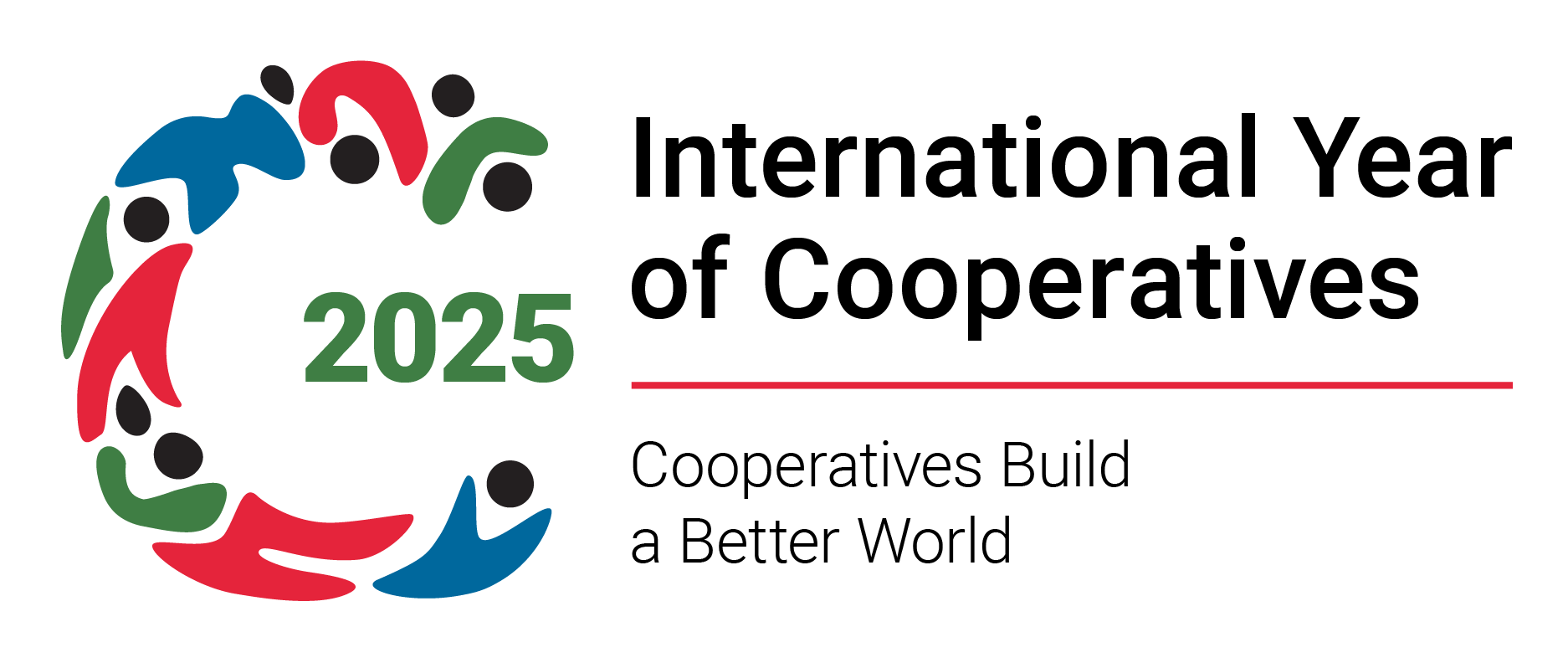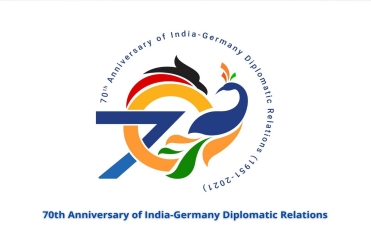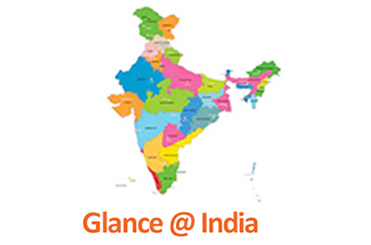- Home
- About Us
-
Consular Services
- Launch of e-Clearance for Afterlife Remains (eCARe) portal
- Instructions regarding entry into the consular Wing
- Reissue of International Driving Permit (IDP)
- Postal Applications
- Visa Services
- Passport Services
- OCI Information
- Renunciation of Indian Citizenship/Surrender Certificate
- Attestation,Consular and Misc.Services
- Weekly Open House
- MADAD - Consular Services Management System
- Indian Community Welfare Fund
- FAQs on Marital disputes involving NRI/PIO spouses

- Public Notices & Circulars
-
Embassy Wings
- Economic & Commercial Wing
- Contacts
- GI Digital Catalogue

- Overview of Indian Economy
- India-Germany Economic & Commercial Relations
- Doing Business in India
- Make in India

- Invest India

- Flagship Programs of Government of India

- Doing Business in Germany
- Trade Fairs
- Trade Dispute Advisory
- Foreign Investment
- Foreign Trade
- Newsletters

- Attestation of Documents

- Community Welfare
- Culture
- Information Wing/Media Center
- Science & Technology

- Political
- Consular
- Defence Wing
- Economic & Commercial Wing
- Media Center
- India-Germany Relations
- MIIM
- Useful Links
- Tenders
How India has responded to the global pandemic
How India has responded to the global pandemic
By Harsh Vardhan Shringla*
The Covid-19 pandemic has been the biggest crisis to hit humanity since World War II. It has already cost us over 500,000 deaths and countless livelihoods. The impact on the economy has been extremely sharp. International financial institutions have projected a contraction of nearly 5% in global output in 2020 and a cumulative loss to global Gross Domestic Product (GDP) of around $12 trillion.
How quickly the global economy recovers from what the International Monetary Fund has referred to as the “Great Lockdown” depends on how soon the pandemic is controlled. As India enters Unlock 2.0, our government’s efforts are geared towards further expansion of economic activity while not letting our guard down.
We have been proactive in assessing and dealing with the challenges caused by the pandemic. Saving lives has been our foremost priority. On this count, while our caseload continues to be high, we have fared comparatively better than many other countries with a low death rate and high recovery rate. This can be attributed to the early steps to protect and insulate people. The government has channeled public resources to the health care sector for the development of hospitals, emergency rooms, the provision of equipment and supplies, and training health care professionals.
To deal with the economic challenges posed by the pandemic, Prime Minister (PM) Narendra Modi has enunciated a forward-looking economic approach under the rubric of the Aatmanirbhar Bharat Abhiyaan. The stimulus package of nearly Rs 20 lakh crore aims to both reinvigorate the economy and provide a social safety net to our vulnerable sections. The vision of Aatmanirbhar Bharat will stand on five pillars: Economy, infrastructure, our system, demography, and demand.
The Abhiyaan is aimed at not only mitigating the socio-economic impact of the pandemic in the short-term but also instilling confidence in businesses and industries; making manufacturing globally competitive; integrating our agriculture and small farmers with global food supply chains; and embracing both investment and technology. The size of the economic relief and stimulus measures under the Abhiyaan is equivalent to 10% of India’s GDP.
Private sector participation has been given a big push in eight areas, including coal, minerals, defence production, civil aviation, power distribution, social infrastructure, space, and atomic energy. The government is opening previously restricted sectors to greater private participation.
The call for Aatmnirbharta is not about reverting to economic isolationism. Its essential aim is to ensure India’s position as a key participant in global supply chains. Through building capacities at home, we also intend to contribute to mitigating disruptions in global markets. It is important to identify products and commodities where India has the ability or potential to expand domestic production and enhance global availability. True, we cannot make everything — but we can certainly make many, many more things than we currently are.
Global engagement and cooperation are critical to deal with the pandemic and ensure economic recovery. The PM took the lead in engaging world leaders for evolving a coordinated response. The PM also highlighted that during the pandemic, India had tried to live up to the teaching of seeing the world as one family, Vasudhaiva Kutumbkam, by sharing medicines with over 120 countries, forging a common response strategy with its neighboring countries, and providing specific support to countries that sought it, while also protecting our own population.
The pandemic has generated a debate about the future of globalization and the structural limitations of the international order. Virtual summits of global leaders have been useful platforms to highlight shortcomings of existing arrangements for global cooperation and to share India’s vision of a new, people-centric template for multilateral cooperation. This formed the thrust of PM’s interventions in the virtual summits of the G-20 and Non-Aligned Movement to cite two examples.
The pandemic has disrupted diplomatic calendars causing almost all international meetings and summits to be canceled. While face-to-face meetings with counterparts have traditionally been considered essential to resolve complicated issues or conduct difficult negotiations, diplomatic engagement cannot be allowed to stop in their absence. At the ministry of external affairs (MEA), we are attempting to find common ground between time-honored diplomatic protocols and new-age Internet protocols. A crisis of this magnitude requires a coordinated global response, making sustained communication between countries all the more essential. The increase in tensions in different parts of the world, including on the Line of Actual Control between India and China, have only emphasized the criticality of continued communication. Diplomacy has to adapt to new situations.
Virtual diplomacy has been complemented by efforts to deliver medical aid and assistance. This has included the supply of essential medicines, test kits, and protective gear worth around Rs 82 crores to 89 countries. Even in these difficult times, India has remained dependable and responsive in living up to its international commitments.
As health security and health supply chains move up on the priority lists of the world’s governments, India must prime itself to emerging opportunities. Indian diplomacy will support this process all the way. The MEA is actively engaged in promoting India as an alternative manufacturing and innovation destination.
There are lessons we are learning in all contexts and domains — whether in diplomacy or the economy, whether in policymaking or in society. I am confident that they will serve to strengthen our systems, our resolve, and our country as we put our current challenges behind us.
*****
* Harsh Vardhan Shringla is Foreign Secretary, Government of India. This article is based on a speech delivered to ICAI and reproduced, as published in HT on 8 July 2020.


























